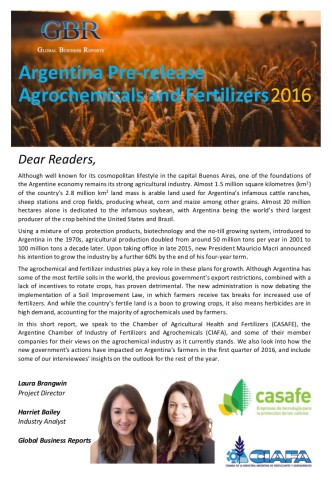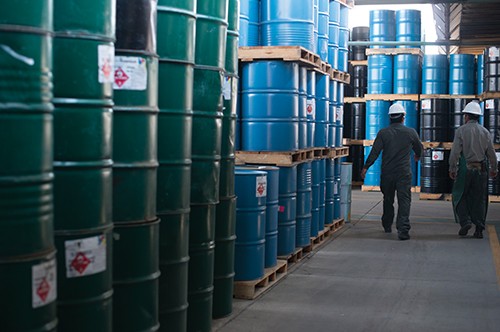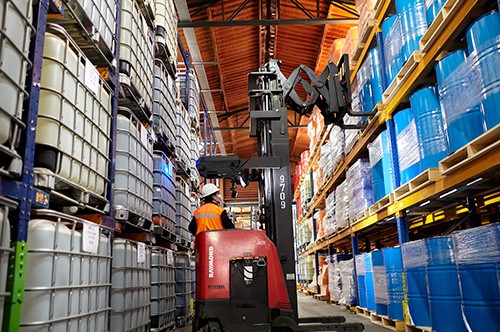
PUBLICATION
Argentina Agrochemicals and Fertilizers 2016 Pre-Release
Although well known for its cosmopolitan lifestyle in the capital Buenos Aires, one of the foundations of the Argentine economy remains its strong agricultural industry. Almost 1.5 million square kilometres (km2) of the country’s 2.8 million km2 land mass is arable land used for Argentina’s infamous cattle ranches, sheep stations and crop fields, producing wheat, corn and maize among other grains. Almost 20 million hectares alone is dedicated to the infamous soybean, with Argentina being the world’s third largest producer of the crop behind the United States and Brazil.
Using a mixture of crop protection products, biotechnology and the no-till growing system, introduced to Argentina in the 1970s, agricultural production doubled from around 50 million tons per year in 2001 to 100 million tons a decade later. Upon taking office in late 2015, new President Mauricio Macri announced his intention to grow the industry by a further 60% by the end of his four-year term













